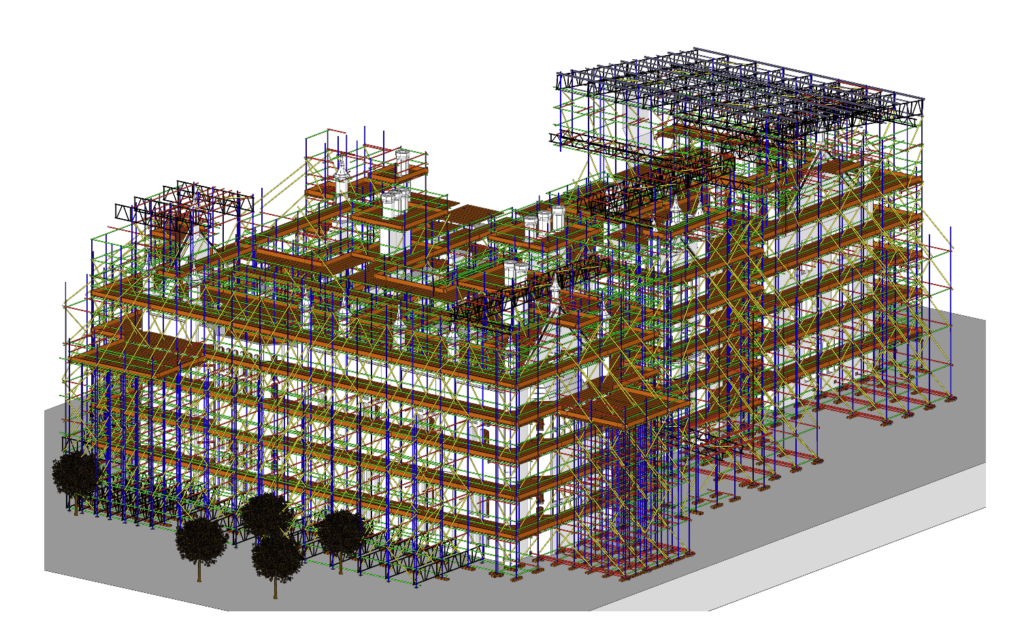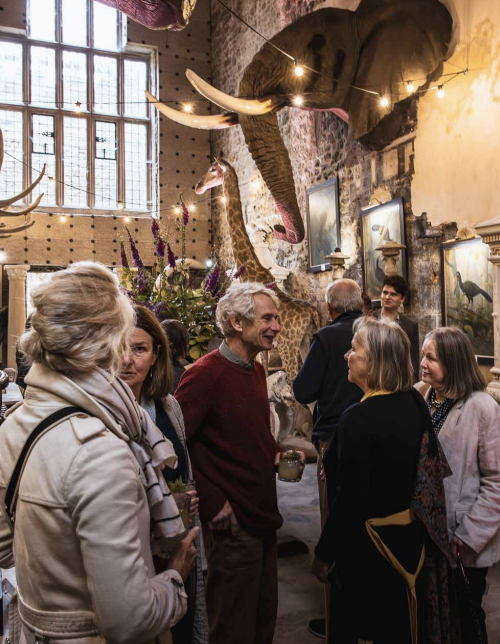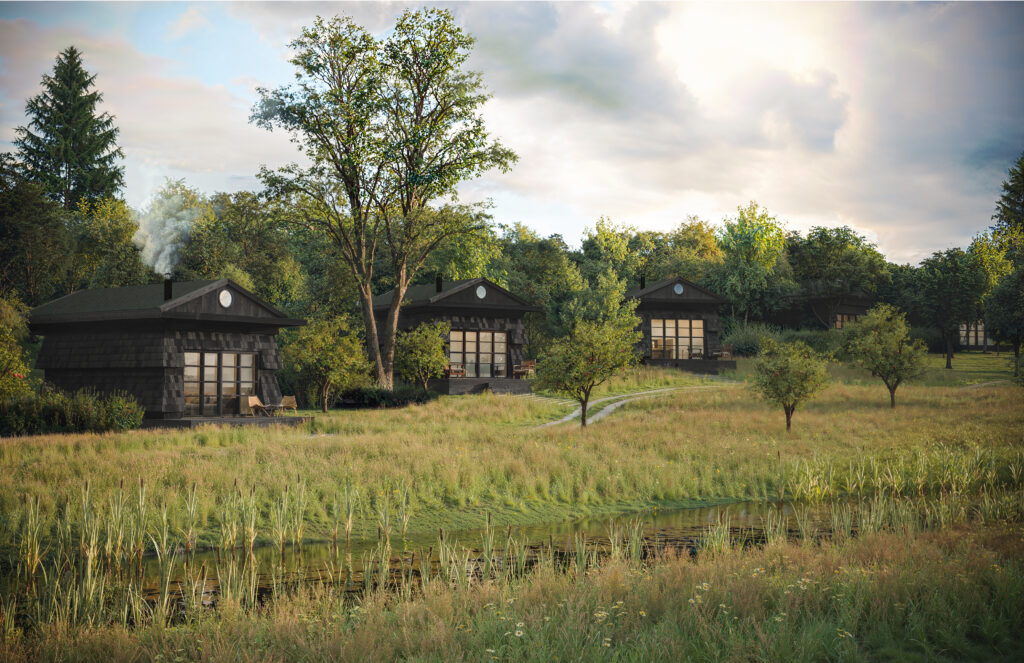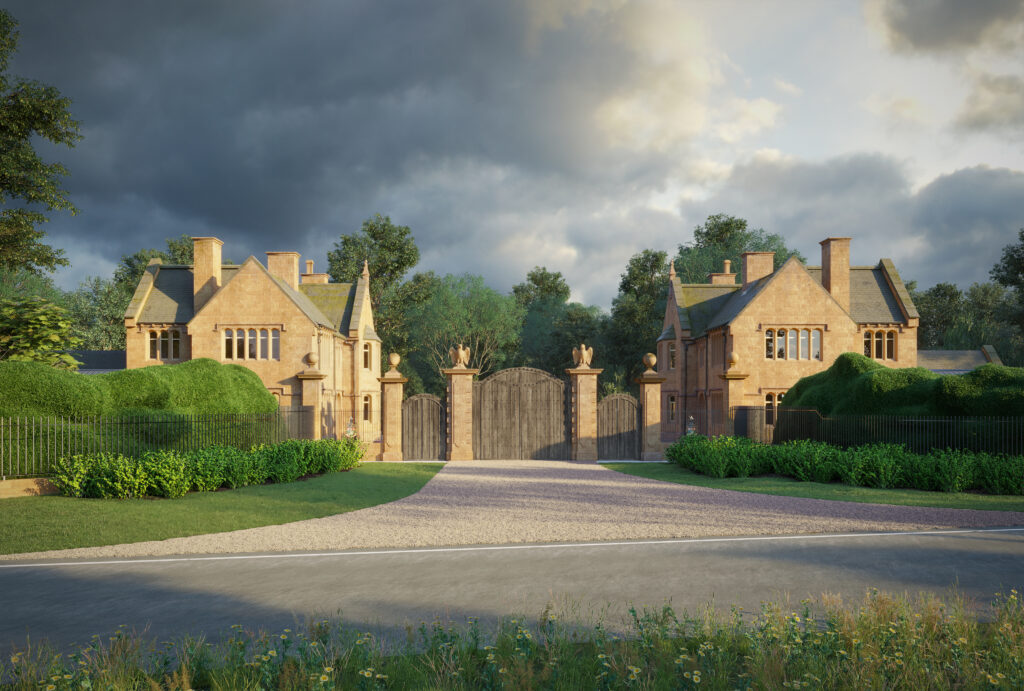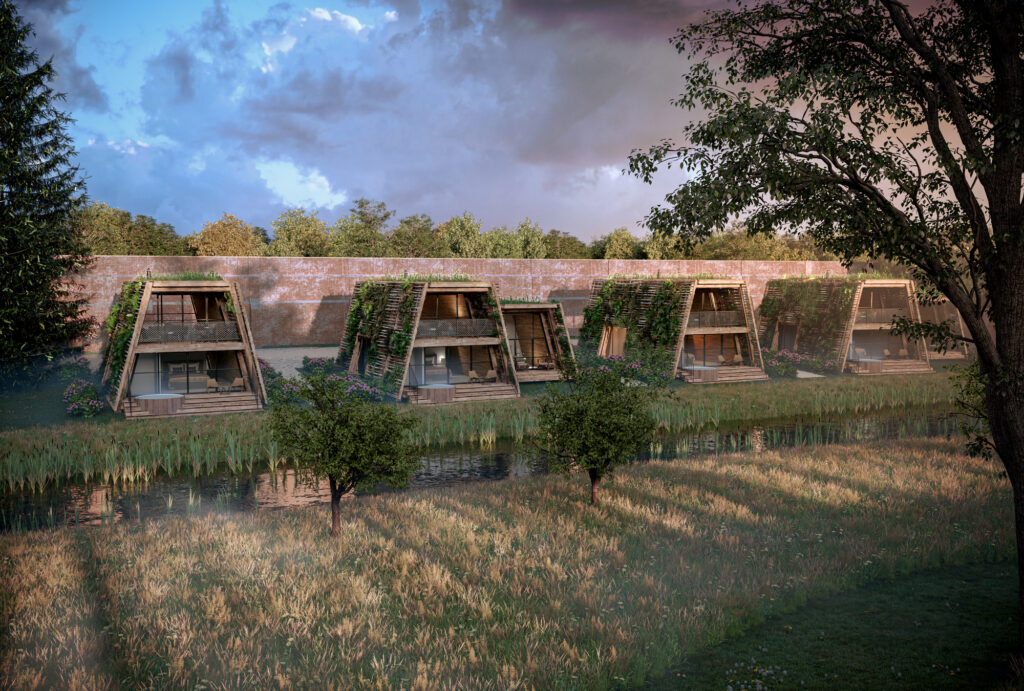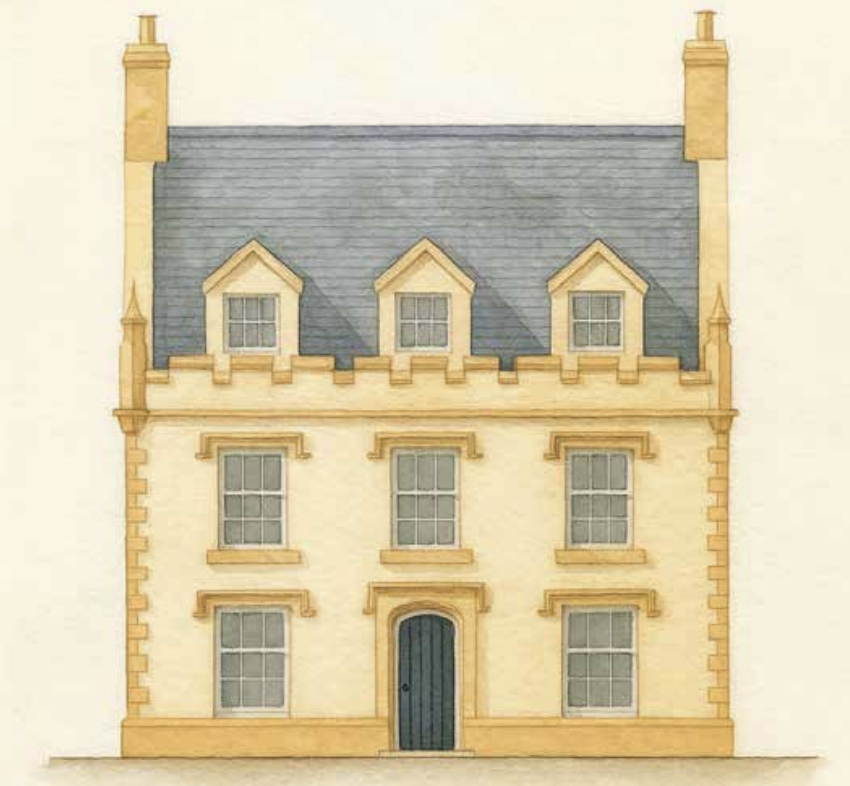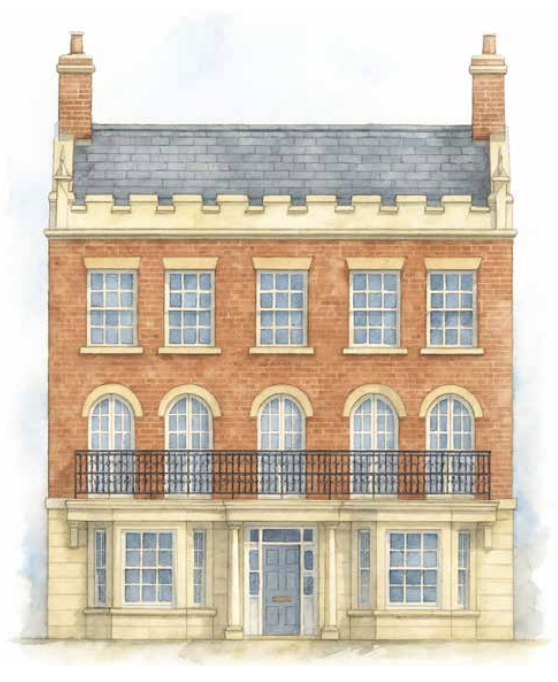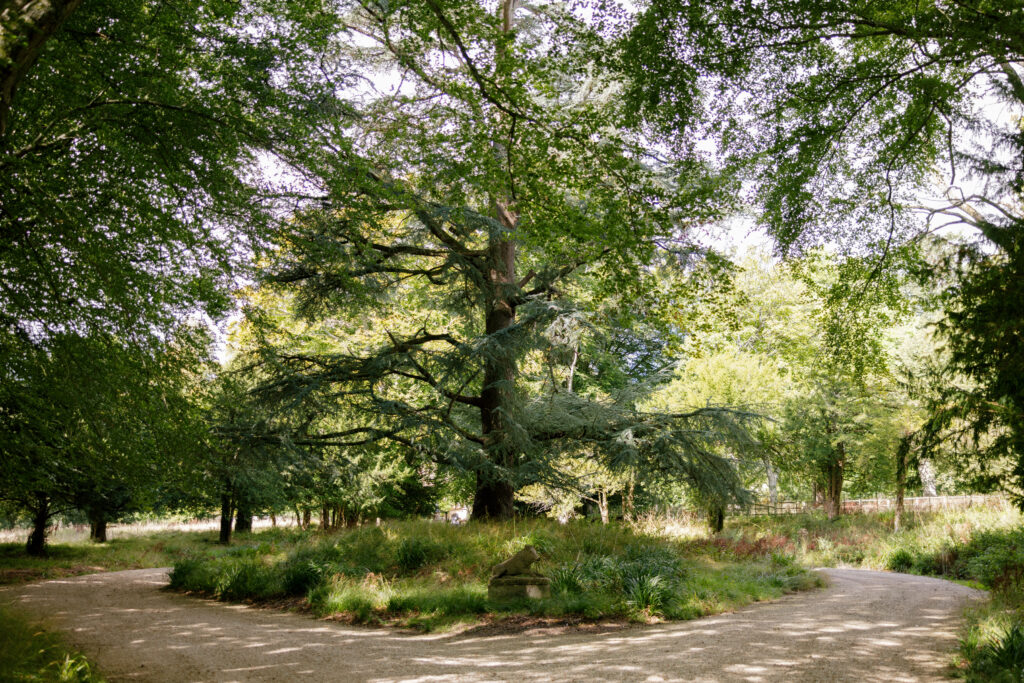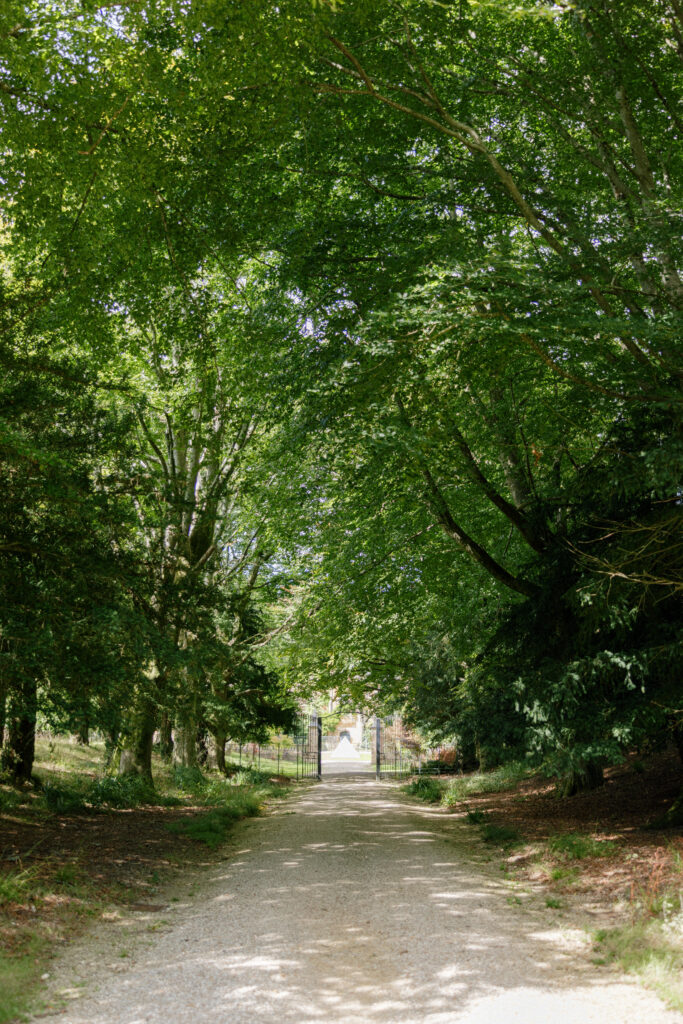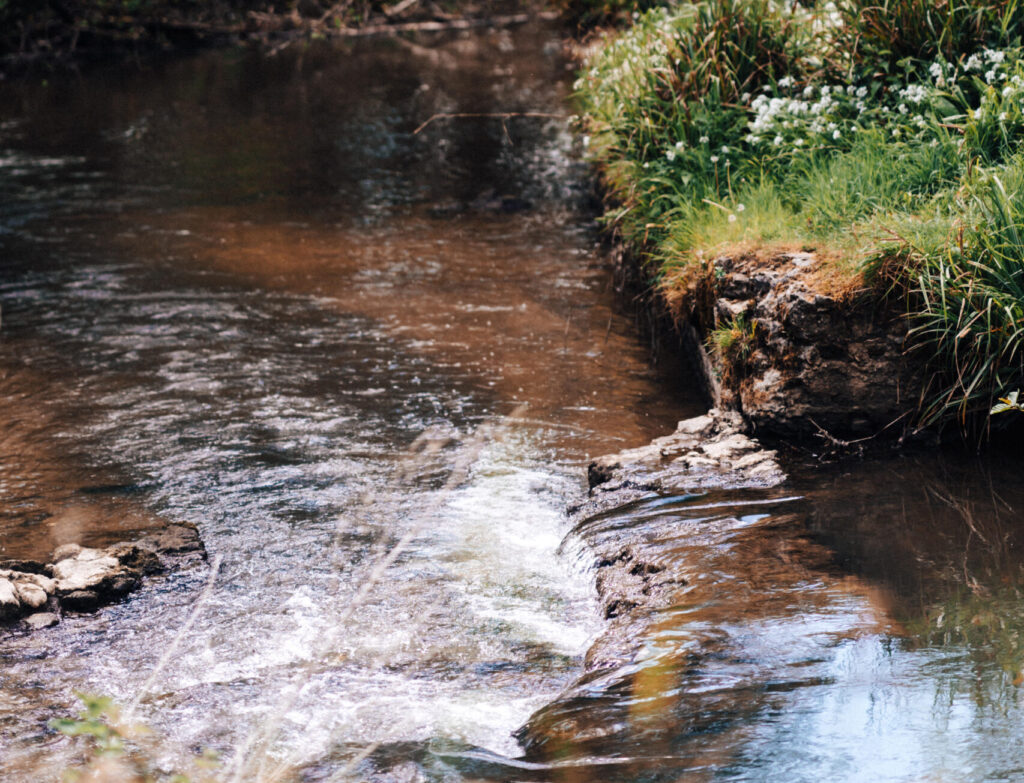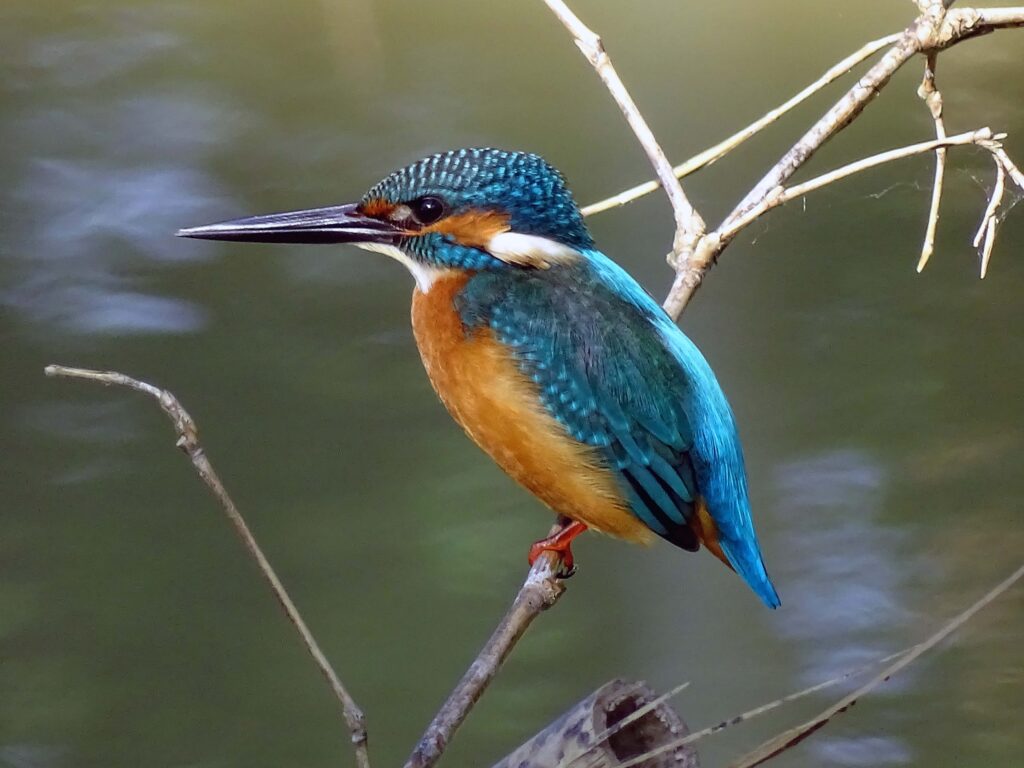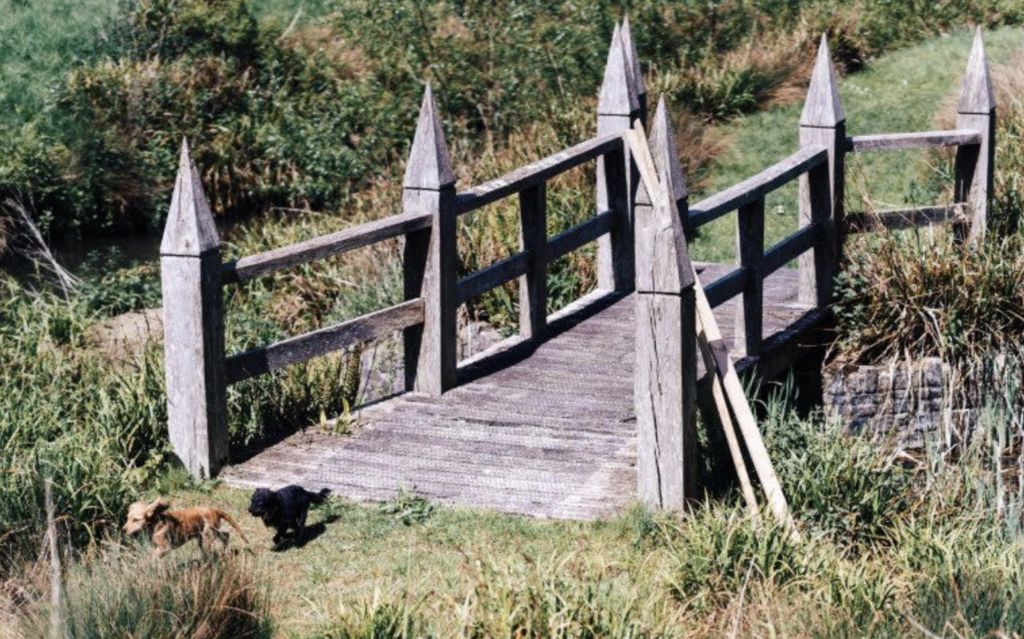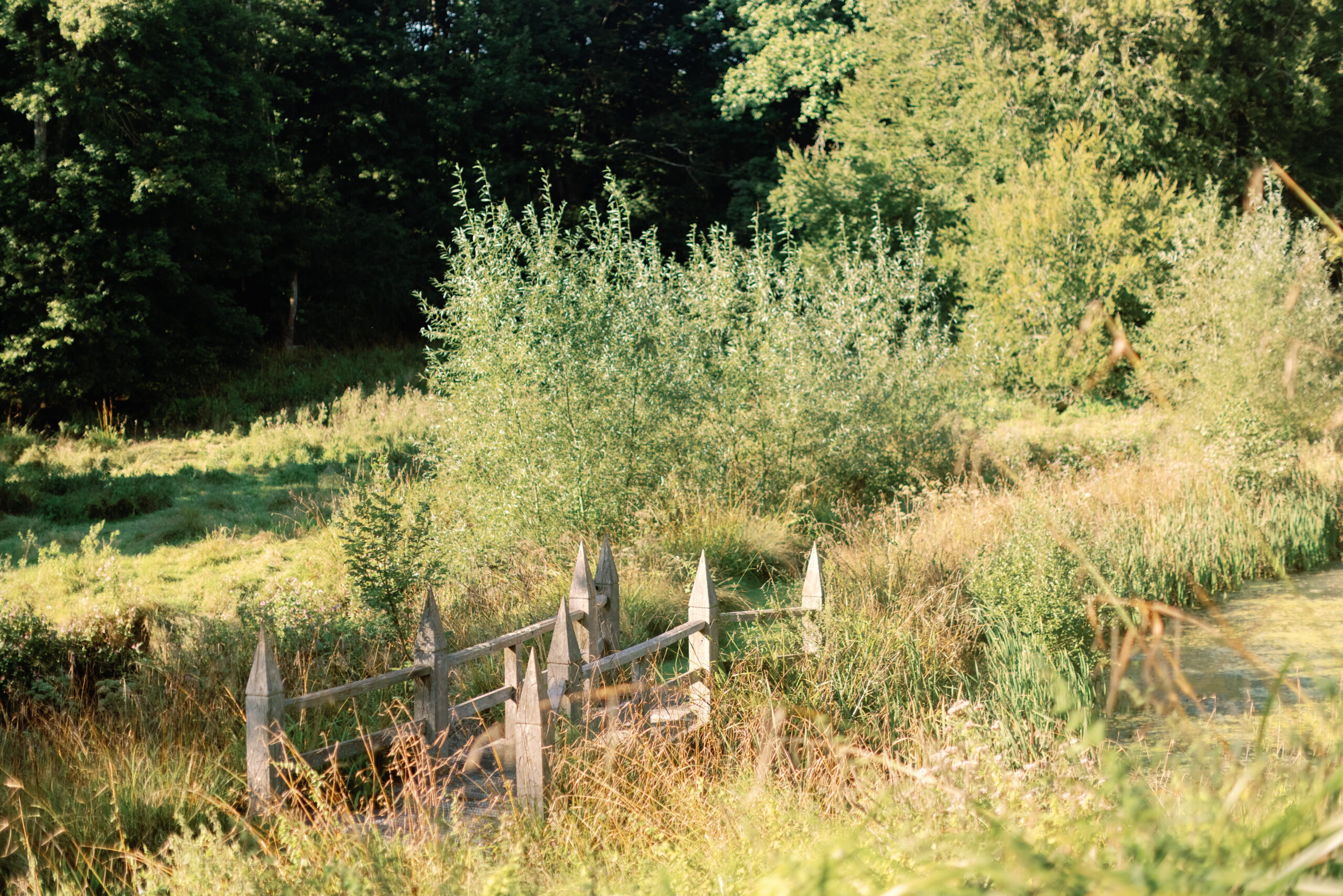PLANNING

Thank you to all who attended the public consultation and our site visits. We very much welcomed the feedback. After we hosted these events, we went back to Dorset council and Historic England to try address some of the issues. We decided to engage with the Design West Review board to get further advice. We have now made some further significant adjustments to the master plan, including looking at how we could move the small development of houses at the end of St Marys Well Street back to the North Park, which we had previously been advised against.
We are determined to save this incredibly important building and through this process are ensuring we can still raise the necessary funds by the enabling development. We remain keen to work with our neighbours and the authorities, to save this incredibly important piece of Beaminster history, and invest in the future of the area and Dorset as a whole. There were many other constructive comments and questions which we hope can be addressed in some of the new areas of our website or please click on ‘Ask a question’ to email us direct.
what is enabling development?
The new homes proposed for Parnham Park are what is known as “enabling development” — a carefully balanced scheme that allows heritage assets to be conserved by permitting limited new development.
In line with Historic England guidance, this approach ensures that the minimum necessary development is brought forward to secure the long-term restoration of Parnham House. Around 83 new homes are proposed on the northern edge of the estate, designed to blend with Beaminster’s historic character while safeguarding the future of one of Dorset’s most important heritage sites.
Read more about enabling development on Historic England:
PUBLIC BENEFITS
Parnham has always been more than a private estate – it has been a place of gathering, creativity and shared experience. The restoration and enabling works will allow us to continue and expand this role, ensuring that the wider community benefits directly from the Estate’s future.
In recent years, Parnham has welcomed thousands of visitors for open days, art exhibitions, food fairs, and celebratory occasions. In July 2022, the grounds hosted 1,500 people for the Queen’s Platinum Jubilee, reaffirming the Estate’s place at the heart of Beaminster and its surrounding villages.
Looking ahead, we are committed to building on this legacy. From public access events and cultural programmes to educational activities and seasonal fairs, Parnham will remain open and outward-facing. These gatherings not only strengthen local ties but also generate cultural, social and economic value for the wider community.
You can explore some of the events we already host below. This is the foundation we will continue to build upon, with more opportunities for residents and visitors alike to experience Parnham as a living, creative landmark.
Planning Application
Parnham Park is bringing forward a planning application for 83 new homes in the northern part of the estate. This ‘enabling development’ will help fund the restoration of the Grade I listed house, following emergency works already underway.
This page shares the information presented at our recent public consultation — including background, vision, proposals and key planning considerations — and invites questions or feedback.
The Parnham Park Estate team is proud to present a sensitive, high-quality scheme designed to secure the future of the estate and contribute positively to the local community. We encourage you to explore the proposals, download the exhibition boards and book a walk around with our team to see the plans in context.
ask a question
“If you have any questions about the proposals, please send them to us directly. We’ll continue to update this page with further details as the planning process moves forward.”
vision for parnham
Our vision is to secure the long-term future of Parnham Park through a considered and respectful reimagining of the estate as a sustainable, modern country destination. The proposals are designed to balance heritage, community, and ecology.
A hospitality offering with accommodation, restaurants, and a health and wellness focus, with an emphasis on art and design, will bring vitality to the estate, while curated events, exhibitions, and community initiatives will help embed Parnham in the cultural and civic life of the region.
The project will create a major new attraction for West Dorset — generating employment, drawing visitors, and delivering significant economic benefits to Beaminster and the surrounding area. A key part of the hospitality offering will be the use of locally sourced produce and the hosting of artistic and social events, with a licence already secured.
Parnham will continue to be an important Grade I heritage asset for Dorset — a place to be enjoyed and celebrated by the community and visitors alike. Our vision is for it to once again be a source of pride, with a renewed focus on nature, food, art and design.
HOUSING & DESIGN
The 83 proposed dwellings are a carefully curated mix of house types, located in the northern part of the estate. The new residential neighbourhood will be integrated sensitively into the northern boundary, with a landscape-led approach to design and a deep respect for the natural beauty and character of the area.
Inspired by the classical detailing and proportions of local buildings, the architectural language draws on the historic vernacular of Beaminster and nearby villages — reinterpreted in a contemporary and understated way. Homes will be positioned to make the most of views, orientation and the surrounding landscape, avoiding standardised layouts in favour of an organic structure that responds to topography and natural features.
New access roads, planting and green infrastructure will blend seamlessly into the surroundings, ensuring the development feels like a natural extension of the estate.
HERITAGE & RESTORATION
Parnham Park is one of Dorset’s most architecturally and historically significant houses. Severely damaged by fire in 2017, it required emergency stabilisation and is now entering its next chapter: full restoration. The proposals follow Historic England and national heritage guidance, which support enabling development where carefully managed new housing is the only viable way to save a heritage asset.
This is not a speculative project. It is rooted in addressing the ‘at-risk’ condition of the Grade I heritage asset, and aims to unlock the funding required for essential conservation and restoration repairs. The approach is holistic and heritage-led, with a long-term stewardship model for the wider estate.
DESIGN & HOUSING PROPOSALS
These 83 proposed buildings are a carefully curated mix of house types, located in the northern part of the estate. The architectural language draws on the historic vernacular of Beaminster and nearby villages, interpreted in a contemporary and understated way.
Homes will be positioned with a strong emphasis on views, orientation and the character of the landscape. The layout avoids standardised design, instead adopting an organic structure that responds to topography and natural features. New access roads, planting and green infrastructure will blend seamlessly into the surroundings.
planning policy & context
The application is proposed to directly address a conservation deficit at Parnham Park and meets the criteria of Historic England’s enabling development policy.
The scheme supports broader planning objectives such as sustainable growth, heritage protection, environmental enhancement and local value.
RESTORING THE HISTORIC ENTRANCE
The proposals include reinstating Parnham’s original 16th-century main entrance — the grand gateway between the Dower Houses. This approach leads onto the original Elizabethan yew and beech-lined carriageway, once the principal route to the main house. Restoring this entrance will enhance the estate’s historic character, improve legibility for visitors and provide a fitting gateway to Parnham.
Environmental Context
We have worked with a team of specialist consultants — including experts in ecology, heritage, transport, and landscape design — to ensure the proposals meet the highest standards of care and responsibility. Supported by over twenty specialist assessments, including ecology, biodiversity, transport, access, drainage, flood risk, visual impact, noise, arboriculture, archaeology and heritage. These studies have shaped everything from housing placement and access design to wildlife corridors and tree protection zones.
In parallel, the scheme presents opportunities to enhance nature on site through biodiversity net gain — with new native planting in both the development area and the wider estate to encourage wildlife. Existing trees and hedgerows will be retained where possible, and a re-established riverside walk along the River Brit will create a rich, biodiverse public route. Ecological improvements will focus on the river corridor, reinforcing habitats for species such as kingfishers and otters.
CRAFTSMANSHIP IN RESTORATION
In 2022, a new oak bridge was built in the style of the historic bridge at the lake, which had become structurally unusable. Crafted by James using traditional techniques, it reflects Parnham’s commitment to authenticity and the sympathetic reinstatement of historic estate features.

